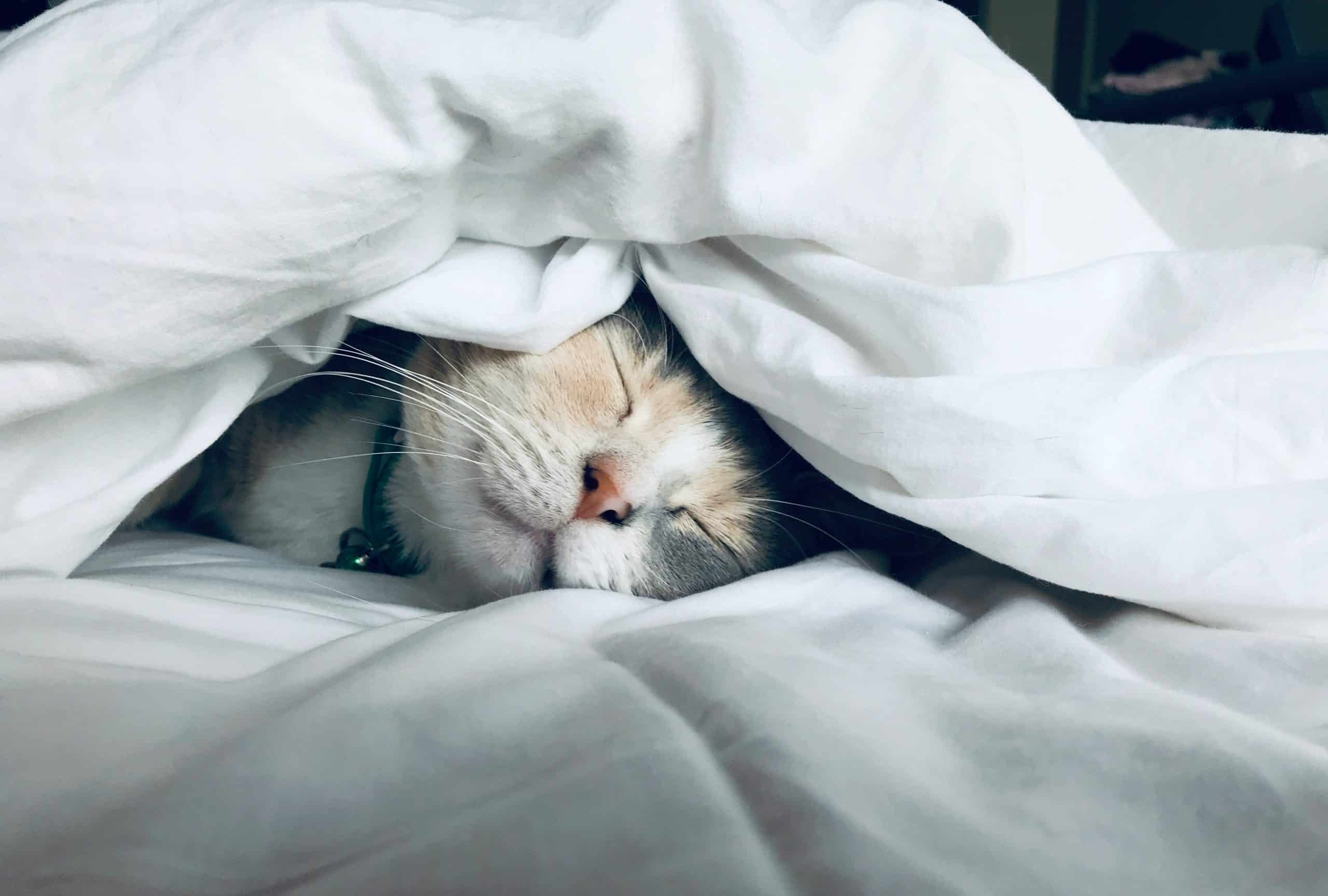How to Choose Eco-Friendly Bedding and Habitat Materials for Small Pets?

As pet parents, you strive to provide the best for your furry friends. This includes creating a comfortable and secure environment for them to play, sleep, and live in. Moreover, in our ever-increasing world of eco-consciousness, it’s only fitting that your pet’s habitat be as friendly to the environment as possible. Today, we’ll guide you on how to choose eco-friendly bedding and habitat materials for small animals, focusing on pets such as hamsters, guinea pigs, and cats. We will discuss the benefits of using eco-friendly products, the types of pet bedding and litter available, and how to ensure the products you choose are indeed eco-friendly.
Eco-friendly Products: Why Bother?
First, let’s explore why it matters to choose eco-friendly products for your pets. As we aim to lower our carbon footprints and make more sustainable choices, we must not forget about our pets’ impact. From food to waste management, your pets’ needs generate a lot of potential waste. By choosing eco-friendly products, you not only reduce waste but also promote healthier living conditions for your pets.
Avez-vous vu cela : What Are the Best Practices for Safeguarding Your Pet in Urban Environments?
Secondly, eco-friendly pet products are typically free from harmful chemicals that are often used in conventional pet supplies. These natural options are healthier for your pet and reduce the risk of potential allergic reactions or illnesses.
Paper vs. Wood Bedding: What’s Best for Your Small Animal?
When it comes to bedding and litter for small pets like hamsters or guinea pigs, the most common materials you’ll find on the market are paper and wood. Both have their pros and cons, and it’s important to consider which will best suit your pet and be most eco-friendly.
Dans le meme genre : Can Birds Be Safely Kept in Homes with Other Types of Pets?
Paper bedding is made from recycled paper, making it a great choice for the environment. It’s also hypoallergenic, dust-free, and super-absorbent, which makes cleanup easier and promotes a clean and healthy habitat for your pet.
On the other hand, wood bedding such as shavings or chips, is another popular choice. Many pet owners prefer wood because it’s highly absorbent and helps control odor. However, not all wood bedding is created equal. Cedar and pine, for example, contain phenols, which can be harmful to small animals. Look for bedding made from hardwoods like aspen, which are safer for your pets.
Making Sense of the Eco-labels
As you shop for eco-friendly pet bedding and litter, you’ll likely come across various product labels claiming to be eco-friendly, green, natural, or organic. But what do these labels actually mean, and can you trust them?
"Eco-friendly" generally indicates that the product is earth-friendly and has a reduced environmental impact compared to traditional products. This could mean it’s biodegradable, made from recycled materials, or uses less energy in production.
"Natural" products are made from materials found in nature, like wood or paper. However, this term is not regulated, so it’s essential to read the product description to ensure it’s truly eco-friendly.
"Organic" indicates that the product is free from chemical pesticides and fertilizers. However, this label is more relevant to food products than bedding or litter.
The key is to do your research and make sure the product lives up to its eco-claims. Look for certifications from reputable organizations, read product reviews, and don’t hesitate to reach out to the company if you have questions.
The Importance of Waste Management
Even the most eco-friendly bedding and litter will eventually turn into waste. Therefore, waste management is a crucial aspect of maintaining an eco-friendly pet habitat. Look for bedding and litter products that are biodegradable and compostable.
Pet waste, including soiled bedding and litter, can be composted at home, turning it into nutrient-rich soil for your garden. However, be aware that composting pet waste should be done carefully to avoid the spread of diseases. As a rule, never use compost made from pet waste on food crops.
The Role of Diet in Your Pet’s Eco-friendly Habitat
Lastly, let’s not overlook the role of your pet’s diet in maintaining an eco-friendly habitat. The type of food your pet consumes can influence the type and amount of waste they produce.
For instance, a diet high in fresh fruits and vegetables can lead to wetter, smellier waste. In contrast, a diet based on high-quality, natural pet food can result in firmer, less odorous waste that’s easier to manage.
Moreover, choosing organic, locally-sourced pet food can further reduce your pet’s environmental impact. By supporting sustainable farming practices, you’re not only promoting your pet’s health but also contributing to the health of the planet.
In sum, choosing eco-friendly bedding and habitat materials for your small pets is not just about buying “green” products. It’s about considering the entire life cycle of the product, from production to disposal, as well as the impact of your pet’s diet on their waste output. It’s about making informed choices that are good for your pet, and good for the planet.
Biodegradable and Compostable Bedding Options
In your quest to choose the most eco-friendly bedding for your small pets, you may have come across terms like "biodegradable" and "compostable." But what exactly do these terms mean?
Biodegradable bedding is designed to break down over time, returning to nature and reducing the amount of waste in landfills. It’s made from natural materials like recycled paper, wood, or even certain types of grass. These eco-friendly alternatives are not only better for the environment but also for your pet’s health.
Compostable bedding takes it one step further. It not only breaks down over time but can also be composted at home and turned into nutrient-rich soil for your garden. Compostable bedding is usually made from plant-based materials like hemp or straw.
When it comes to choosing between biodegradable and compostable bedding for your small animals, it’s important to consider your specific situation and needs. If you have the time and resources to compost at home, compostable bedding may be the best choice. However, if you’re looking for a more straightforward, low-maintenance option, biodegradable bedding may be the way to go.
Remember, it’s not just about whether or not the bedding is biodegradable or compostable. You’ll also want to look for bedding that’s free from harmful chemicals, dyes, and fragrances, and that’s comfortable and safe for your pet.
Exploring Eco-Friendly Cat Litter Options
While our focus has primarily been on small animals like hamsters and guinea pigs, let’s not forget about our feline friends. Cats also need a comfortable and eco-friendly habitat, and a critical component of this habitat is cat litter.
Traditional clay-based cat litter is not very eco-friendly. It’s strip-mined, which leads to habitat destruction and pollution. Additionally, it doesn’t break down in landfills and can contain chemicals that are harmful to cats.
Fortunately, there are several eco-friendly cat litter options available. Recycled paper litter is one option. It’s often dust-free, biodegradable, and made from waste paper that would otherwise end up in landfills. Wood litter, made from reclaimed or recycled wood, is another option. It’s highly absorbent, provides excellent odor control, and is compostable.
Corn and wheat litters are also gaining popularity. They’re made from renewable resources and are both biodegradable and compostable. Plus, they’re safe if ingested, making them a good choice for cats that like to nibble on their litter.
As with small pet bedding, it’s important to choose cat litter that’s free from harmful chemicals and dyes, and that’s comfortable for your cat.
Conclusion
Choosing eco-friendly bedding and habitat materials for your small pets involves more than just selecting the most "green" option on the shelf. It’s about understanding the environmental impact of the products you use, from the production process to waste management. It’s about making informed choices that promote the health and well-being of your pets and contribute to a healthier planet.
Whether you have hamsters, guinea pigs, cats, or other small animals, there are plenty of eco-friendly options to explore. From paper to wood bedding, recycled cat litter, and even the food your pet eats, every choice you make can make a difference.
As a pet parent, leveraging the power to choose eco-friendly products is a significant step towards reducing your carbon footprint and fostering a more sustainable world for future generations. After all, if we want to leave a healthier planet for our children, we must also consider the role our pets play in this endeavor.
